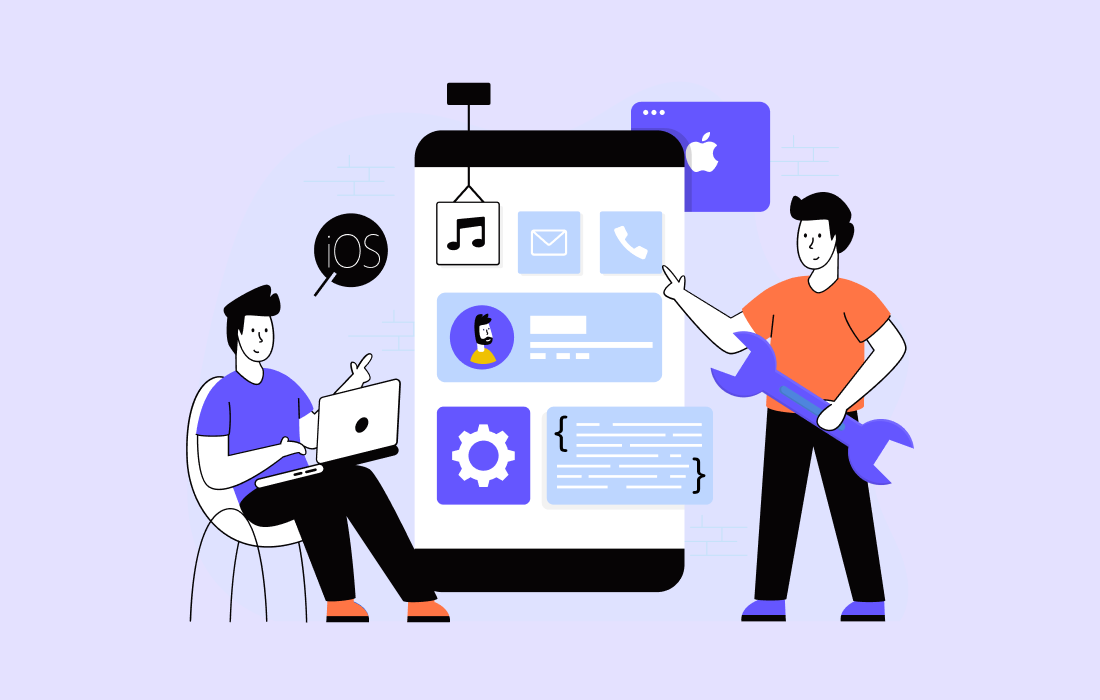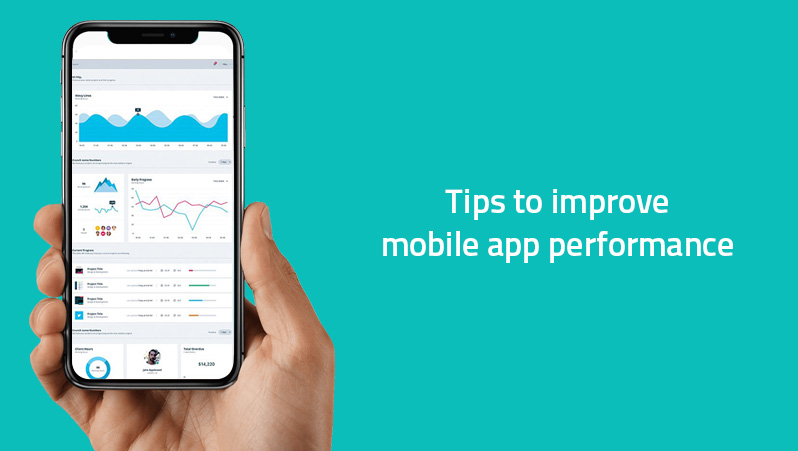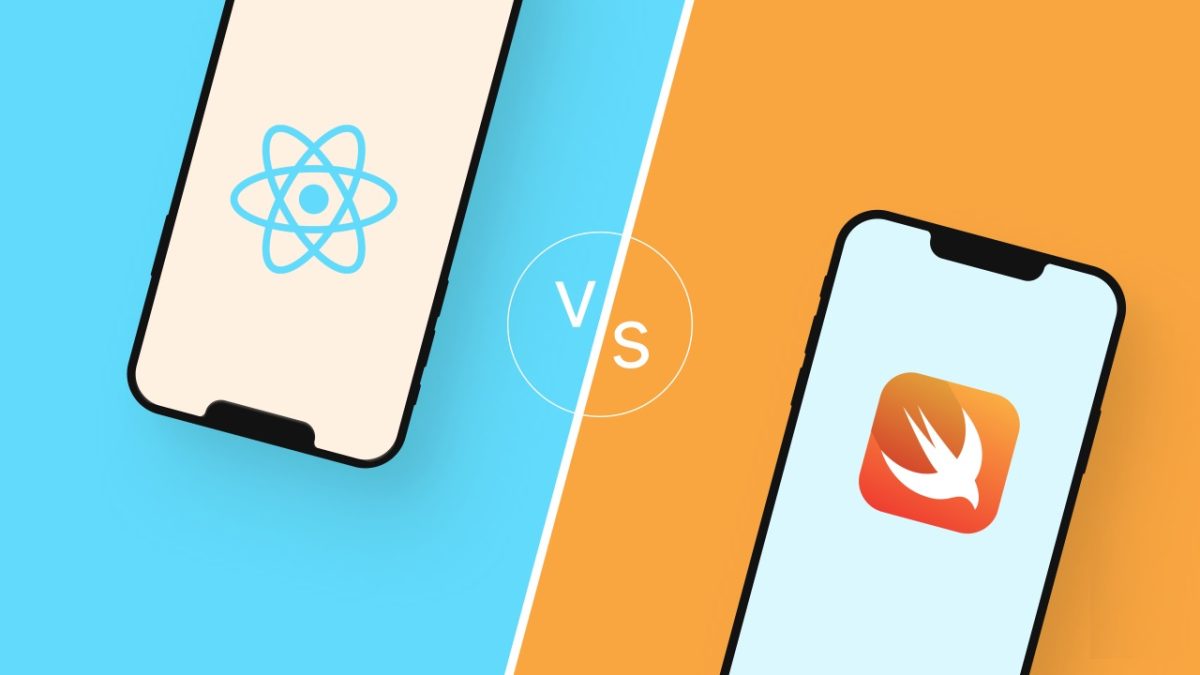The world of iOS app development is constantly evolving, with new technologies shaping the way mobile applications are built. Businesses looking to develop innovative and high-performing apps must stay ahead of these advancements. If you are a mobile app development company in New York , understanding these key technologies will help you create more engaging and efficient iOS applications.
1. Swift Programming Language
Swift has become the go-to programming language for iOS development. It offers a powerful and intuitive syntax, making it easier for developers to write clean and maintainable code. Apple continuously updates Swift to improve performance, security, and ease of use. For any app development company , mastering Swift is crucial for building scalable and efficient iOS apps.
2. SwiftUI for Modern UI Development
SwiftUI is transforming the way developers create user interfaces. It allows for declarative UI programming, reducing code complexity and enabling real-time previews. This framework helps app developers craft visually appealing and interactive user experiences with minimal effort.
3. Augmented Reality (AR) with ARKit
Apple’s ARKit is revolutionizing augmented reality experiences on iOS devices. With advancements in AR technology, businesses can create immersive applications for gaming, e-commerce, real estate, and more. A mobile app developer can leverage ARKit to build engaging and interactive applications that enhance user experiences.
4. Artificial Intelligence and Machine Learning (AI/ML)
AI and ML are essential for creating intelligent and adaptive applications. With Core ML and Create ML, developers can integrate features like predictive analytics, natural language processing, and image recognition into their apps. Any app development company focusing on AI-driven applications can enhance personalization and automation, giving users a smarter experience.
5. IoT Integration with HomeKit
The Internet of Things (IoT) is becoming a crucial aspect of modern app development. HomeKit enables developers to integrate smart home devices into iOS applications, providing users with seamless control over their connected devices. Businesses investing in IoT-driven apps will see increased user engagement and innovation.
6. Cloud-Based Development
Cloud technology is crucial for developing scalable and secure applications. With services like iCloud, Firebase, and AWS, app developers can ensure seamless data synchronization, remote storage, and high-speed performance for their applications. Cloud-based development also enhances data security and accessibility.
7. 5G Optimization
With the rollout of 5G technology, mobile applications need to be optimized for faster speeds and lower latency. 5G enables real-time streaming, high-quality video conferencing, and improved AR/VR experiences. A mobile app developer in New York must consider 5G capabilities to provide users with a seamless and high-performance experience.
Conclusion
The landscape of iOS app development is continuously evolving, with new technologies enhancing functionality, user experience, and efficiency. Whether you are an established mobile app development company in New York , staying updated with these technologies is essential to remain competitive. By leveraging Swift, AI/ML, AR, IoT, cloud computing, and 5G, businesses can build future-ready apps that cater to modern user demands.
Are you looking for expert iOS app developers? Partner with a leading app development company to bring your app idea to life!




